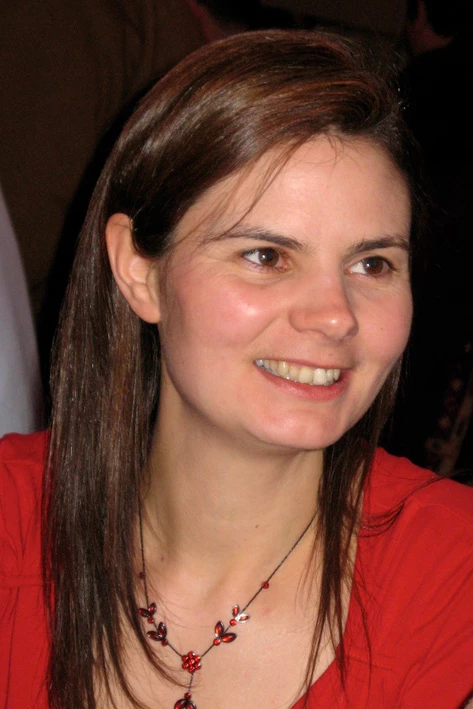The importance of taxonomy - Soapbox Science 2018
, 24 Mai 2018
What was I thinking when I said yes?
Soapbox Science is a fantastic initiative to promote the role of women in science by getting them to stand on a soapbox in the middle of a city centre and explain to and, hopefully, enthuse, people about what they do. This year, the Cardiff event is being held on 2nd June, outside Cardiff Central Library, by the St David’s Centre (see poster).
So again, what was I thinking?
Well actually, I was thinking that most people don’t understand taxonomy, what it is and why it’s important, let alone why I would want to look at worms all day, and I want to tell them.
I want them to understand why it is important, not just to me, but why they should care too. Taxonomy is the science of naming, describing and classifying organisms (showing how they are all related to each other and patterns of evolution). It is just one aspect of my job but the one that often gets the most interest and questions and, I think, possibly the least understood part. In 2010, the Census of Marine Life returned an estimate of over one million species living in the oceans, of which around one to two thirds are thought to be unknown. Add to that more recent research that shows that many species are, in fact, species complexes that consist of multiple species that are almost indistinguishable in appearance and, actually, the estimate of undescribed species suddenly rockets.
But so what? Why should people care about whether we know what all the different creatures in the sea are and give them names? Well, that is what I want to explain along with a little about how we come up with names. To this end I now have the job of ‘creating’ a worm that people can help name on the day using various features and information that I will tell them. Names tell you something about the animal, sometimes appearance, sometimes where it is from, but importantly, names are unique and help you identify that one animal from a group of others that may look very similar.
The montaged image on this page is just one of two that I have created to show people what marine bristleworms (polychaetes) look like. Most people think of earthworms when you talk about worms but actually polychaetes are so much more: more colourful, more detailed, many have eyes and jaws and some can even grow big enough to bite you! They all have interesting names that I will help explain to demonstrate what names mean.
Intrigued? Want to know more? Then come down to the event on Saturday 2nd June and find out how we name species and why it is important!

